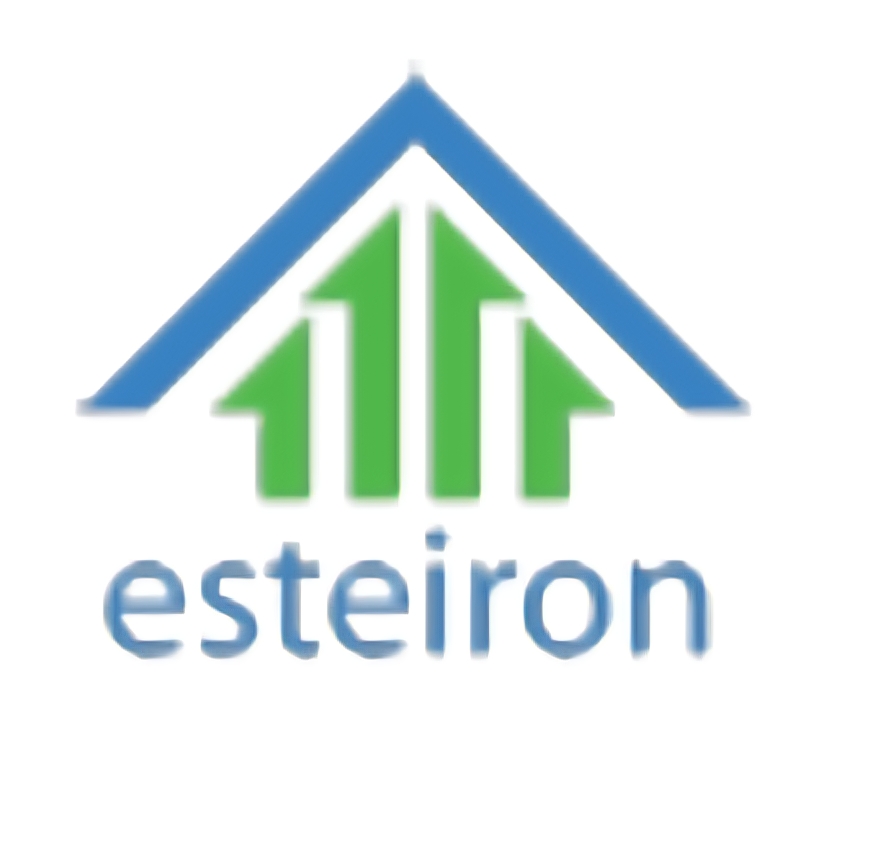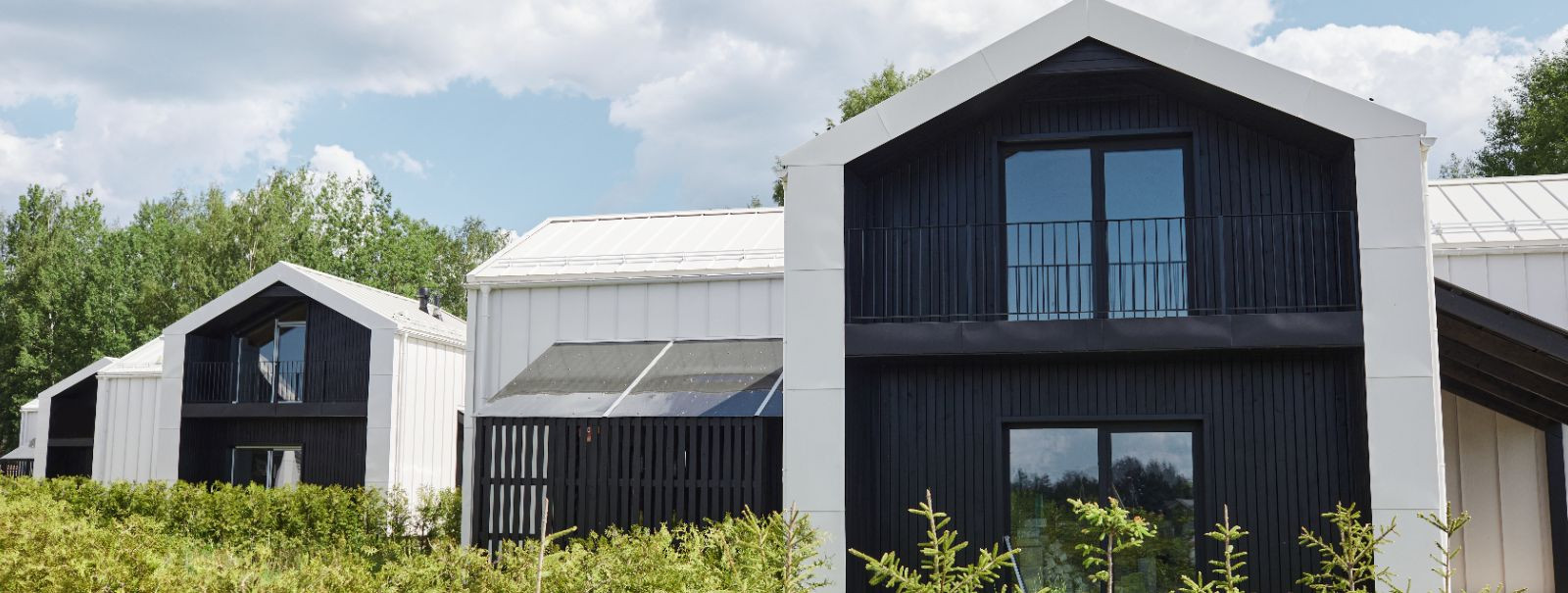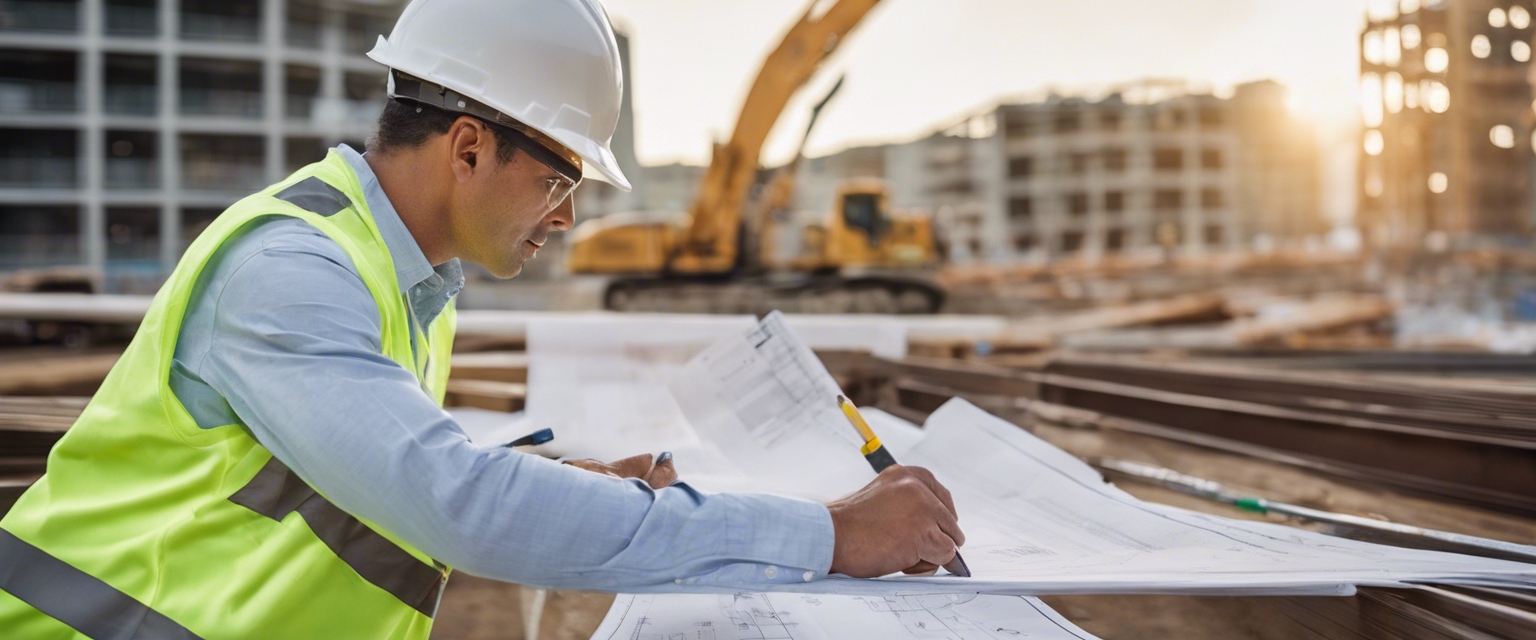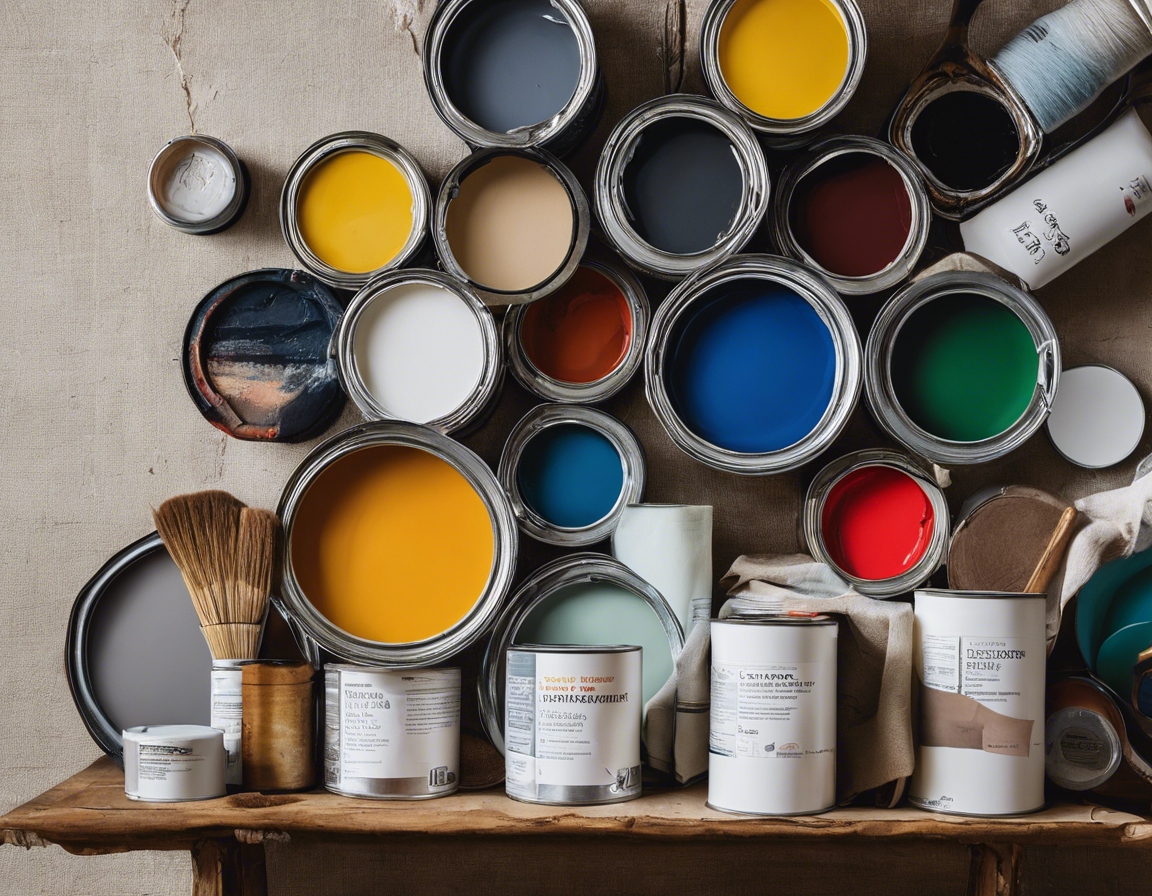How sustainable building can save you money
As the world becomes increasingly aware of the environmental impact of traditional construction methods, sustainable building has emerged as a crucial alternative. Sustainable building involves designing and constructing structures that are environmentally responsible and resource-efficient throughout their life cycle. But beyond the environmental benefits, sustainable building also offers significant financial advantages for property owners and developers.
Sustainable building, also known as green building, refers to the practice of creating structures and using processes that are environmentally responsible and resource-efficient. This approach seeks to minimize the impact on the environment while enhancing the health and comfort of building occupants.
The construction industry has a substantial impact on the environment, from the depletion of natural resources to the emission of greenhouse gases. Adopting sustainable building practices is not only beneficial for the planet but also for the people who inhabit these spaces. Moreover, it can lead to significant cost savings over the life of the building.
Cost-Saving Benefits of Sustainable Building
One of the most immediate benefits of sustainable building is the reduction in energy consumption. Energy-efficient appliances, proper insulation, and smart design can drastically cut down on heating and cooling costs, leading to lower utility bills.
Sustainable buildings are designed to last. By using high-quality, durable materials and incorporating resilient design features, these buildings require less maintenance and are less likely to need costly repairs over time.
Many governments offer incentives, such as tax credits and rebates, to encourage sustainable building. These can offset the initial costs of green technologies and materials, making sustainable building a financially savvy choice.
Properties with sustainable features often have higher market values and attract buyers more quickly. This increase in property value can significantly outweigh the initial investment in sustainable building practices.
Key Elements of Sustainable Building Design
Choosing the right materials and technologies is essential for a sustainable building. This includes everything from energy-efficient windows and insulation to LED lighting and high-efficiency HVAC systems.
Water conservation is another important aspect of sustainable building. Low-flow fixtures, rainwater harvesting systems, and drought-resistant landscaping can all contribute to significant water savings.
Effective waste management during construction and throughout the building's life cycle is crucial for sustainability. This includes recycling construction materials and designing for deconstruction and reuse.
Implementing Sustainable Practices in Construction
Working with a knowledgeable and experienced sustainable building partner is key to ensuring that your project meets its green goals. A partner like ESTEIRON OÜ can guide you through the process, from planning to completion.
Integrating sustainable practices from the outset of a project can optimize cost savings and environmental benefits. Early planning allows for the incorporation of green design principles and technologies from the ground up.
Incorporating renewable energy sources such as solar or wind power can lead to energy independence and long-term savings. These systems can also provide a return on investment through savings on energy bills and potential income from selling excess power back to the grid.






Comments (0)